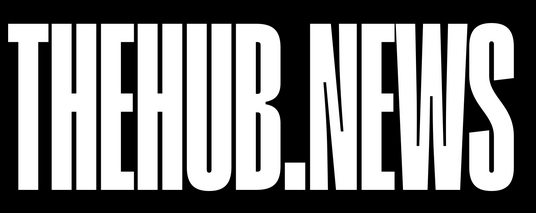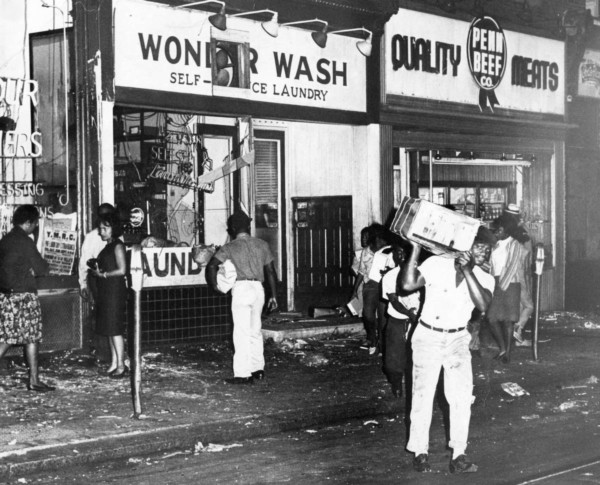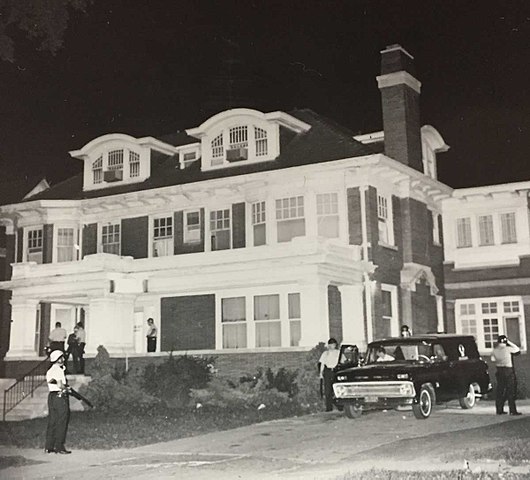This Day In History: August 28th
When Odessa Bradford’s car abruptly stopped at an intersection in North Philadelphia, she did not prepare for all the commotion that would follow. On the night of August 28, 1964, Bradford’s car stalled and made way for what would be known as The Philadelphia Race Riot of 1964.
The incident was one of the first riots during the Civil Rights Era and took place in the predominantly African-American neighborhoods of North Philadelphia. Odessa Bradford’s car broke down at an intersection near Columbia Avenue, but instead of being helped, she was hassled by two Philadelphia police officers. One officer, Robert Wells, was Black, while the other officer, John Hoff, was white.
Bradford exchanged words with the officers before being forcefully removed from her vehicle. This prompted a nearby witness to intervene and attack the officers on her behalf. Both Bradford and the man were arrested, which unsettled the growing crowd. However, after the altercation took place, rumors began to circulate that a white police officer brutally beat a pregnant black woman at the intersection.
Although it was just a rumor, civil unrest ensued for three days. As the night of the incident progressed, the crowd drastically grew and people began looting and burning white-owned businesses in North Philadelphia. The Mayor and Police Commissioner initially encouraged police officers to stand down from the chaos and were in favor of issuing a citywide curfew. As the rioting continued, some community and religious leaders tried to keep the crowd peaceful but were unsuccessful.
Over the course of the three days, police officers were instructed to patrol major areas of rioting heavily. However, the police officers were outnumbered and withdrew from the area instead of further inciting the riots by confronting the rioters with force. In addition to the outrage and looting, more than 300 people were injured, over 770 people were arrested and more than 200 stores were damaged or destroyed.
Due to the destruction and damage caused during the riots, businesses in North Philadelphia saw a decline because many stores did not re-open. On the surface, the riot began with a stopped car at an intersection, but police brutality was at the center of the issue and has continued to be a problem.








